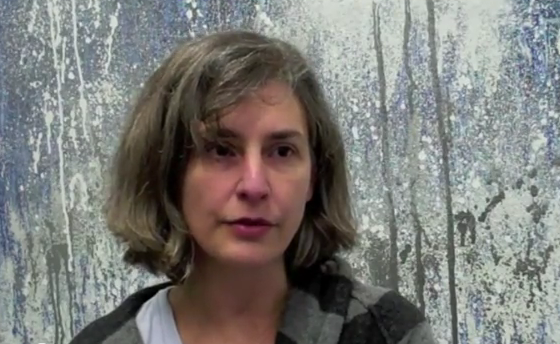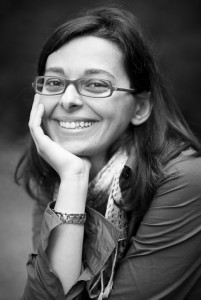Anyone who has ever been in the Italian house will tell you about the warm and welcoming environment created each year by wonderful groups of students brought together by their shared interest in the Italian language, the culture and the people. While a few residents originally decide to live in the Italian house in order to stay with a current roommate, they can’t help but make incredible friendships very quickly and end up learning a lot about Italy in the process. Some of those residents even go on to enroll in Italian courses the following semester and stay for a second year in the house!
Anyone who has been in the Italian house will probably also tell you about the amazing tutor who comes each year from the University of Florence to live with our students and organize countless cultural activities, ranging from conversation hours to movie nights to cooking classes, etc. These incredibly hardworking and dedicated language house tutors (un caro saluto a Giacomo Poli, Giulia Manganelli, Veronica Fantini and Stefano Olmastroni, with whom I had the great pleasure of working and now call my friends) make the house what it is. The past and present residents of the I-house and I could not be more appreciative of what you all brought to the house.
But there is another comment that one hears over and over again while spending time in the Italian house and that comment is: “Did they really need to paint the whole place this shade of brown??”
And that is where the beautification process of the Casa italiana began. It was collectively decided that this *interesting* shade of brown was not working for the house anymore and something had to be done. Lucky for us (and the walls), Residence Life is supportive of students leaving their artistic mark on the language houses, as long as we filed the proper paperwork and went through the necessary steps.
We started small with two individual pieces back in 2011-2:

The mural featured to the left has deep significant meaning for the artists and contains a very philosophical quote in Italian, which you can read underneath the featured design.
 Did I mention all the walls are brown? The colors of this very popular “Pace” (peace) flag make a huge difference in brightening up the room and this represents just the first step in a very important process.
Did I mention all the walls are brown? The colors of this very popular “Pace” (peace) flag make a huge difference in brightening up the room and this represents just the first step in a very important process.
There is a narrow hallway in the Italian house that was very dark and void of color, until the artistic visionaries in the I-house saw that hallway and knew exactly what could go there. It was the absolute perfect spot to depict a canal scene from Venice:


(Credit to the Casa italiana residents of 2012-3)
The motto in the house became to leave no wall untouched … even if it was just to liven up a doorway with a quote from Dante’s Paradiso: L’amor che move il sole e l’altre stelle (Paradiso XXXIII, 145)

Once the residents got started, they couldn’t stop and the results were amazing! The scale of the murals only continued to grow and the ideas became more and more impressive with each new project.
In 2013-4, our artists dreamed of even bigger murals and set their sights on Tuscany. This gorgeous design of a Tuscan countryside with rolling hills that seems right out of a movie was drawn by a previous Italian house resident, Ryan Krysiak, and left in the famous tutor closet by Giacomo Poli for the next year’s residents. When Giulia found the drawing, she and the residents immediately agreed that Ryan’s idea was perfect for the mural in the kitchen!
Because of Giulia’s love of photography, the making of this stunning mural is documented, from the drawing to the final product:

Katie McGhee, a three time Italian House resident and a big part of many of these murals, and Garrett Tidey, a former I-house resident now studying art in Florence, sketched out Ryan’s entire drawing by hand on the wall main wall in the kitchen:


The residents might have given up eating for a few weeks, but sometimes you have to sacrifice for your art!

(Former residents: Lauren Harrison, Ellie Martin and Bree Cattelino hard at work!)
The completed mural is breathtaking and remains a focal point in the kitchen and really adds to the ambiance of the cooking classes each week.

One very special mural that was a total group effort brought together three “generations” of Italian house residents. At a massive end of the year potluck dinner organized by Giulia in May of 2014, residents of the previous years, current residents and the following year’s residents came together to create the mural appropriately named, “3 Case italiane: passato, presente, futuro”:


The making of the mural – pictured from the top left going clockwise: Stephen Prifti, Sam Haling, Catherine King, Giulia Manganelli, two-time I-house RA Charlotte Lessa, Susanne Khatib and Alessandro Roux, Haset Solomon, Julia Brechbiel, Linda Moses, Bella Kron and Blake Burns, and last but certainly not least, Philip Kang.
With those two murals we really upped the ante and now could we follow this beautiful Tuscan countryside scene and our sentimental mural bringing together many years of residents? Easy! By creating an equally beautiful field of sunflowers, recognizable to anyone who ever taken a road trip through Tuscany and found themselves surrounded on either side by endless fields of flowers. This was the idea and I think Veronica and her residents in 2014-5 did an incredible job recreating this scene
Not a brown wall in sight! Even the shelves got a facelift!
At the start of the 2015-6 academic year, there was an entire room left to tackle, a room full of brown walls that were begging to be painted over. Stefano and this year’s residents were up to the challenge and full of ideas about the next mural in the house. It would require a trip further south and the idea was to present an entirely different landscape from the rolling fields of Tuscany.



Where they landed was the Bay of Naples and what they had in mind was a very ambitious plan for a large scale mural in the lounge area. Here is the design idea and proposal:

The residents have been hard at work this semester and the mural is wonderful! I think one of the favorite activities this semester has been our recent weekly Monday night pizza and gelato dinner followed by group mural painting. Here are some pictures of the making of this mural:

Pictured hard at work from left to right: Italian house RA – Margaret James, Katie McGhee, Italian house tutor – Stefano Olmastroni, Micailya Mattson and Alexanna Mc Tammany all rocking our 2015-6 Italian house t-shirts!
Look at how happy Micailya is with the addition of her boats to the mural!

Even Stefano and I got in on the action …

This above house was our 2nd attempt and I dare say redeemed our previous efforts.
 Here is Katie adding to Stefano’s and my other attempt at contributing to the mural. The disco party house was not my original design and I do not think that HGTV and House Hunters International will be contacting me anytime soon to be a part of their design team.
Here is Katie adding to Stefano’s and my other attempt at contributing to the mural. The disco party house was not my original design and I do not think that HGTV and House Hunters International will be contacting me anytime soon to be a part of their design team.

Pictured from the top row L: Nathan Fajfar, Stefano Olmastroni, Roberto Watkins, Bridget Thompson, Margaret James, bottom row L: Donna Kinney, Sofia Tipton, Micailya Mattson, Keabra OpongBrown, Katie McGhee, Michele Ricciardi and Alexanna Mc Tammany. Several of our wonderful artists from this year are not pictured but have contributed an incredible amount to the current mural.
The beautification process of the Casa italiana has spanned the last five years and represents the work of four tutors, countless incredibly talented residents, and one less-than-artistically-inclined Italian house advisor, who was smart enough to limit her contributions and focused instead on moral support and bringing the pizzas.
Ottimo lavoro, ragazzi!





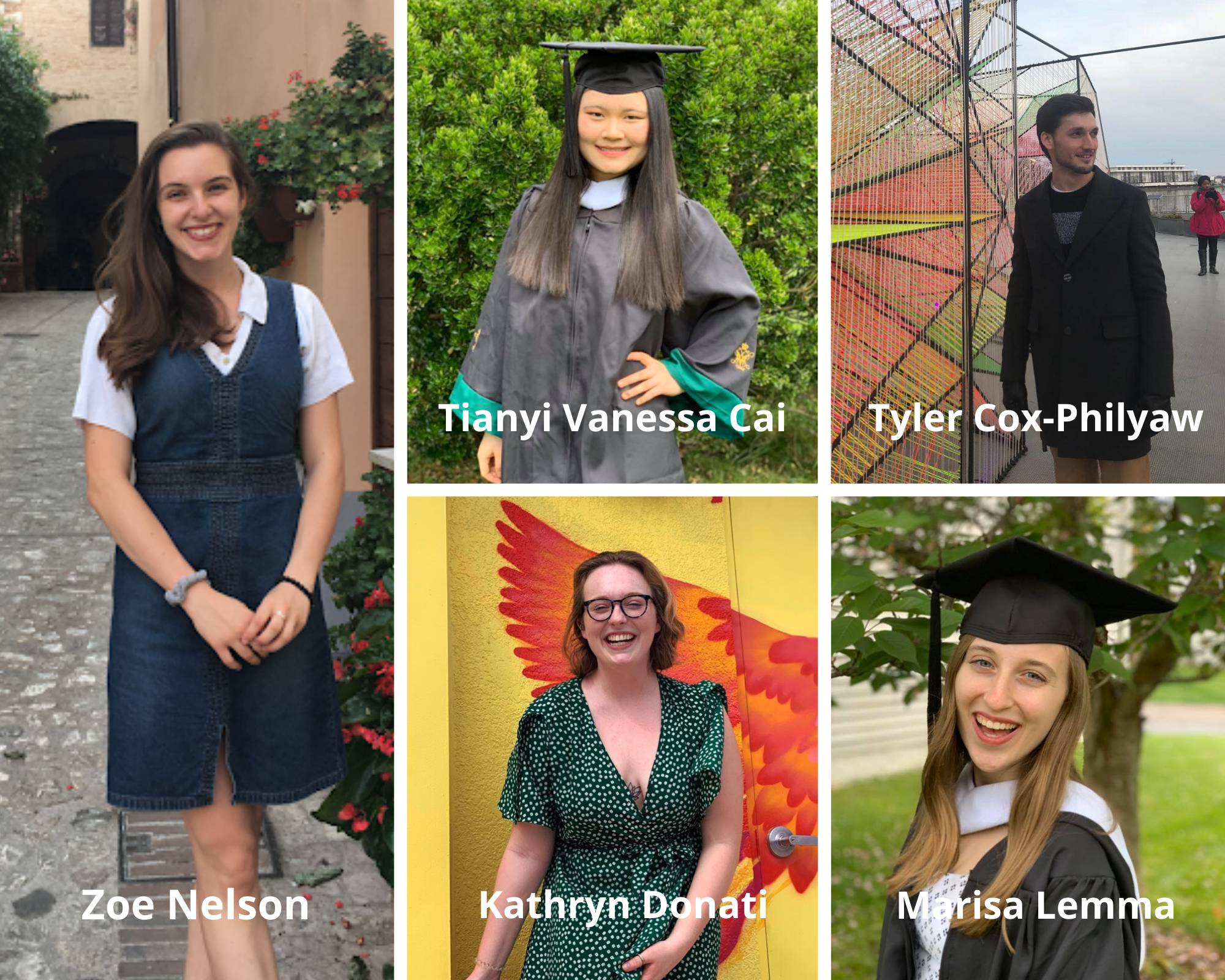

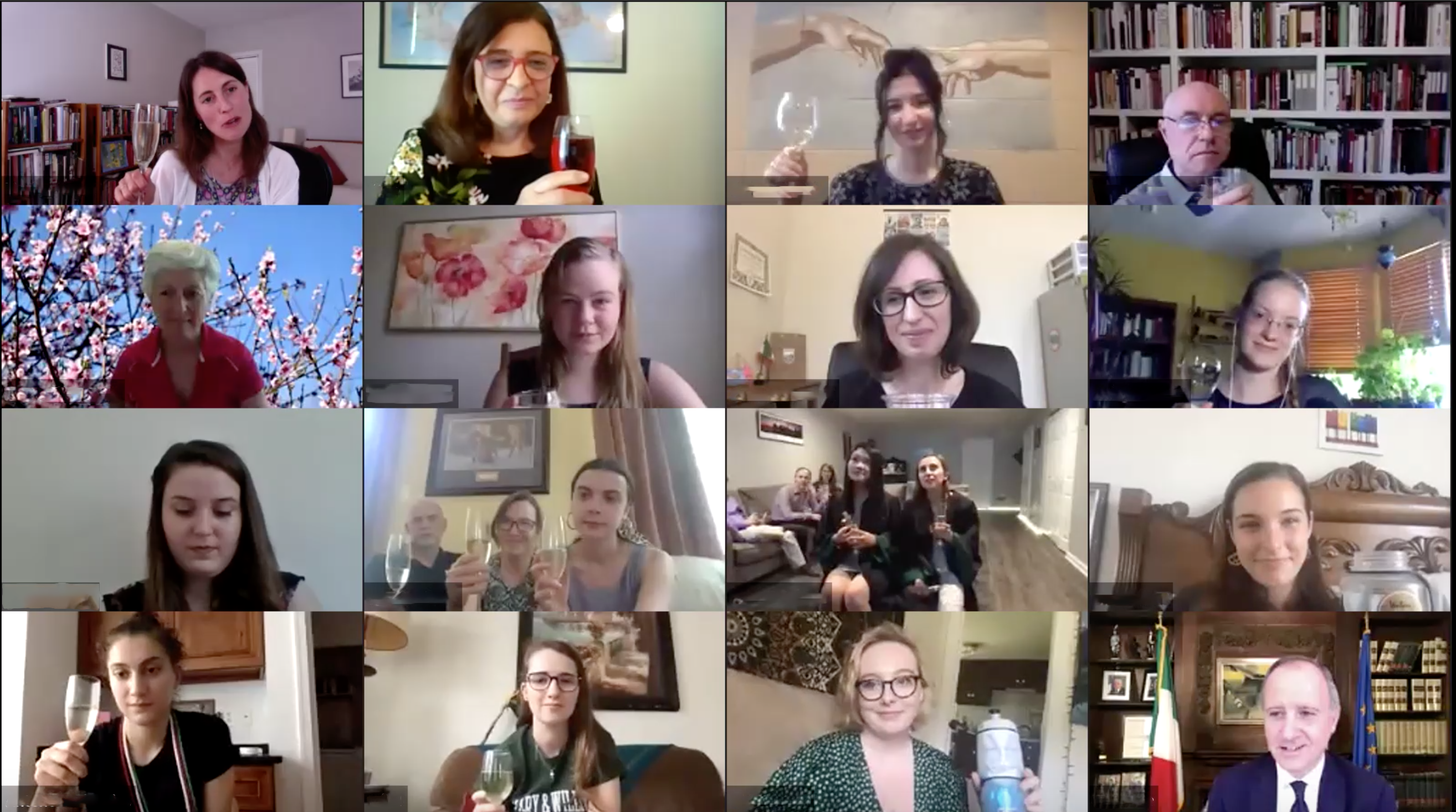






















































 For those who are not traveling to Italy, it might have been an even greater opportunity. As Erin Gunderson, a senior enrolled in Italian 103, said: “Going to the Botticelli Exhibit at William and Mary felt like taking a trip to Florence or Rome but without a passport.” Erin was struck by the paintings and stated: “I don’t know if I could ever have enough time to truly appreciate Botticelli’s glowing, ethereal goddesses and Madonnas but having the exhibit so accessible meant I had time to try. It was a bit surreal to go from studying the Renaissance in my history class to admiring the frescoes that made the journey all the way from Italy to Williamsburg. I didn’t get a chance to spend a semester abroad, but I’m grateful that one beautiful piece of the world made its way to campus.”
For those who are not traveling to Italy, it might have been an even greater opportunity. As Erin Gunderson, a senior enrolled in Italian 103, said: “Going to the Botticelli Exhibit at William and Mary felt like taking a trip to Florence or Rome but without a passport.” Erin was struck by the paintings and stated: “I don’t know if I could ever have enough time to truly appreciate Botticelli’s glowing, ethereal goddesses and Madonnas but having the exhibit so accessible meant I had time to try. It was a bit surreal to go from studying the Renaissance in my history class to admiring the frescoes that made the journey all the way from Italy to Williamsburg. I didn’t get a chance to spend a semester abroad, but I’m grateful that one beautiful piece of the world made its way to campus.”
 speakers traveled from all over North America to participate. Three successive panels took place throughout the day, according to the themes of “Questioning Boundaries,” “Energies, Ecologies, Matters,” and “Mediterranean Narratives Between Bios and Zoe.” While the majority of the speakers were Italian scholars, we were also joined by colleagues in German, Comparative Literature and English. All symposium participants were united by a shared interest in the Environmental Humanities, whether that surfaced as a focus on textual representations of landscape, petroleum cultures, or Pythagorean philosophy in contemporary film. We enjoyed fabulous conversations into the evening and made plans for future collaborative work, such as at the 2017 biennial conference of the Association for the Study of Literature and the Environment. I was especially pleased to connect with colleagues from nearby institutions, The University of North Carolina at Chapel Hill and UVA, and look forward to continuing our work together in the future.
speakers traveled from all over North America to participate. Three successive panels took place throughout the day, according to the themes of “Questioning Boundaries,” “Energies, Ecologies, Matters,” and “Mediterranean Narratives Between Bios and Zoe.” While the majority of the speakers were Italian scholars, we were also joined by colleagues in German, Comparative Literature and English. All symposium participants were united by a shared interest in the Environmental Humanities, whether that surfaced as a focus on textual representations of landscape, petroleum cultures, or Pythagorean philosophy in contemporary film. We enjoyed fabulous conversations into the evening and made plans for future collaborative work, such as at the 2017 biennial conference of the Association for the Study of Literature and the Environment. I was especially pleased to connect with colleagues from nearby institutions, The University of North Carolina at Chapel Hill and UVA, and look forward to continuing our work together in the future.
 Did I mention all the walls are brown? The colors of this very popular “Pace” (peace) flag make a huge difference in brightening up the room and this represents just the first step in a very important process.
Did I mention all the walls are brown? The colors of this very popular “Pace” (peace) flag make a huge difference in brightening up the room and this represents just the first step in a very important process.


















 rough high school and had basically accepted that I would be going to either South America or Spain, but my heart wasn’t fully content. I didn’t know what to do.
rough high school and had basically accepted that I would be going to either South America or Spain, but my heart wasn’t fully content. I didn’t know what to do. s part of the gang. I can’t imagine going through this year without this family.
s part of the gang. I can’t imagine going through this year without this family. en a place where I’ve grown as a person more than ever before, made lifetime relationships with the people in my program and especially with my host family, and learned how to become a part of a new culture by simply being willing to try. A year abroad gave me an opportunity to go above and beyond just the typical study abroad experience, and find my niche in a place on the other side of the world. It has been exciting, unbelievable,
en a place where I’ve grown as a person more than ever before, made lifetime relationships with the people in my program and especially with my host family, and learned how to become a part of a new culture by simply being willing to try. A year abroad gave me an opportunity to go above and beyond just the typical study abroad experience, and find my niche in a place on the other side of the world. It has been exciting, unbelievable,












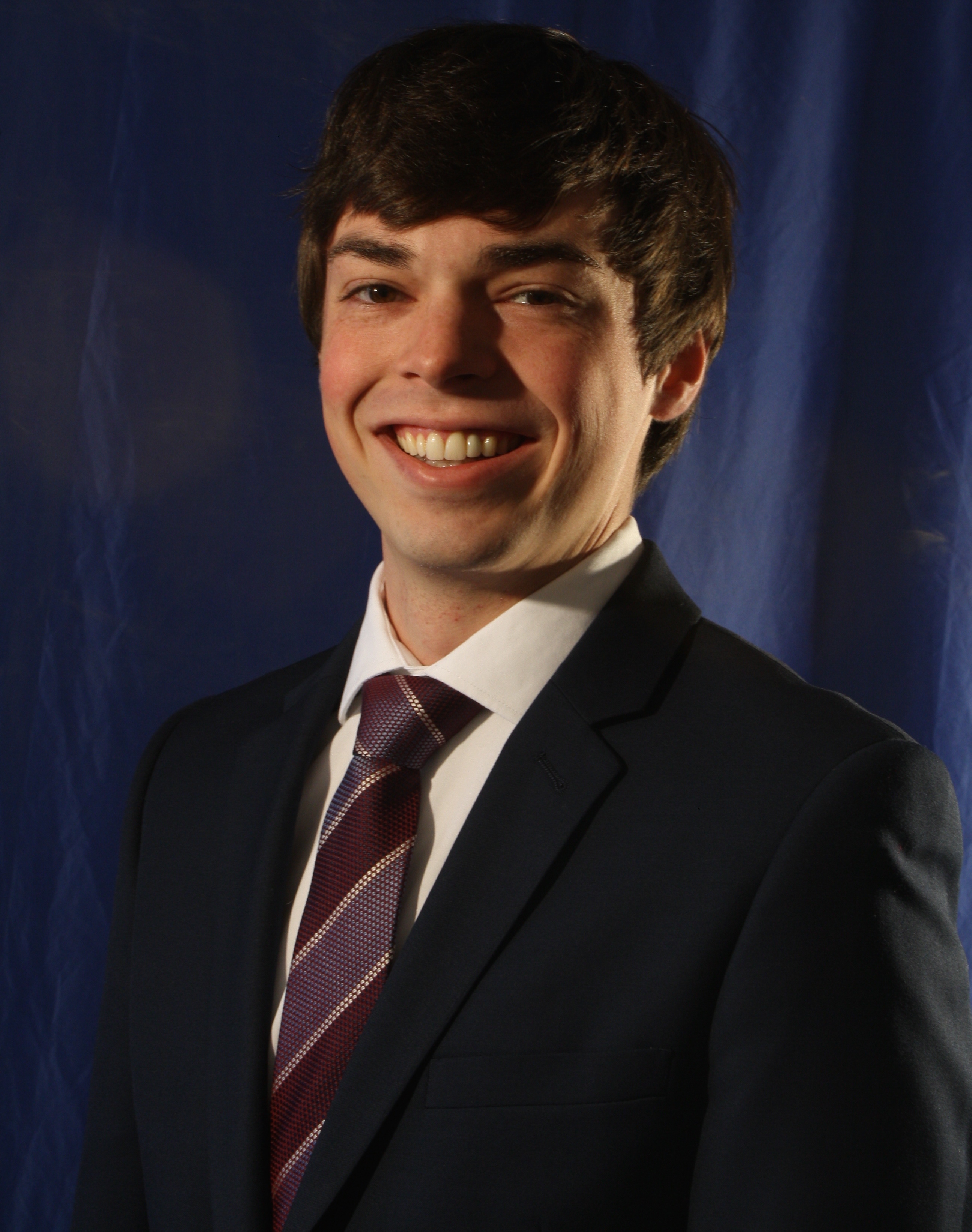

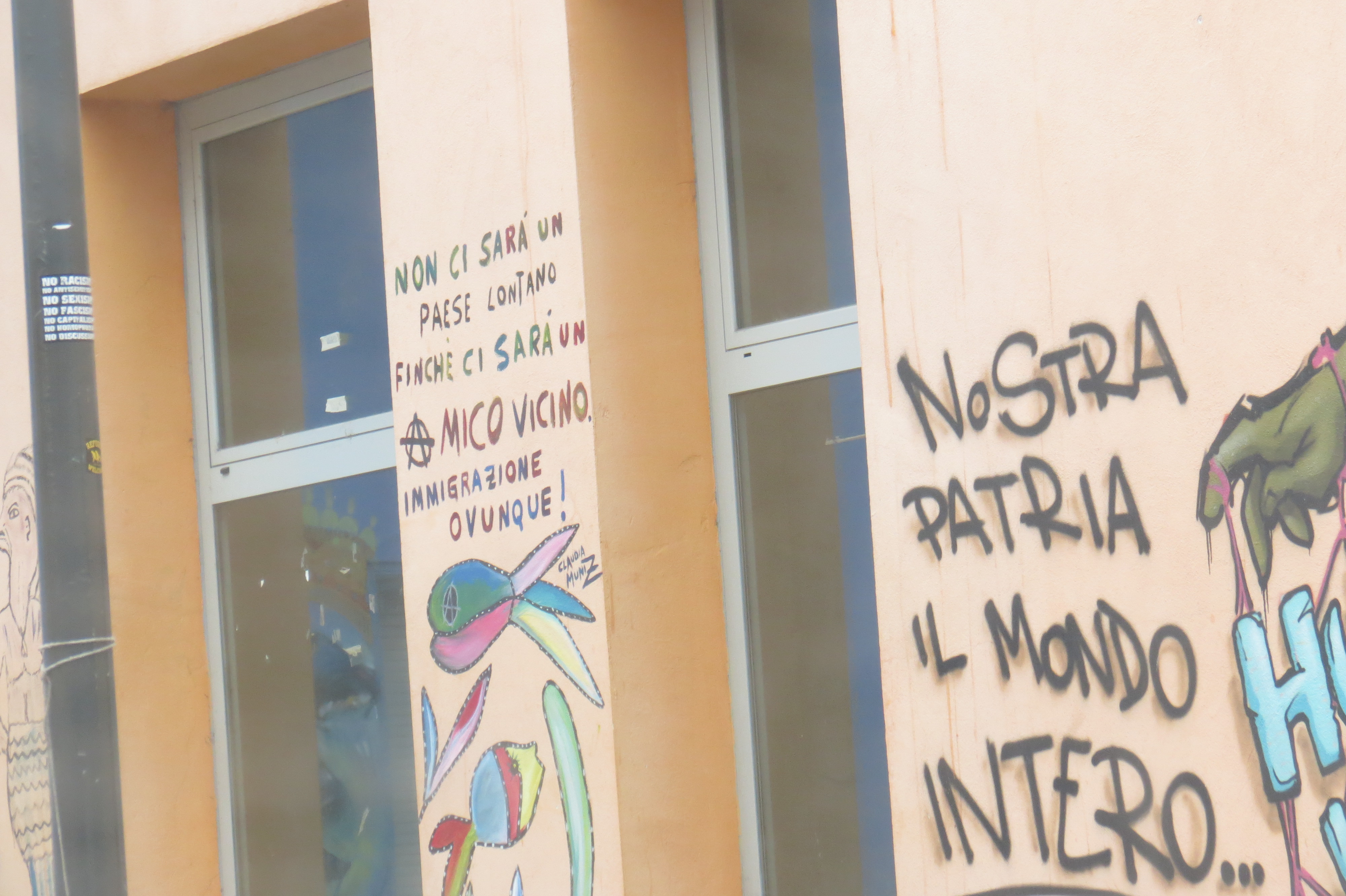

 I would have never guessed as a Freshman at William & Mary how much of an impact studying Italian would have on my life. I began college wanting to double Major in Hispanic Studies and Business, however after taking my first Italian class and spending so much time in the Italian House even before my two years as a resident, my plans had already changed. I remember going to my first conversation hour at the Italian house incredibly nervous, and leaving incredibly inspired. The house tutor that year, Giacomo Poli, essentially taught me how to speak Italian while I went along with a textbook to learn the grammar. I attended every activity I could at the House as Giacomo really instilled an appreciation for the Italian culture in everyone who went there. Thanks to him I was able to start Italian in the classroom that Spring in Italian 202 with Professoressa Boyle, who made me love the Italian language and culture even more and easily convinced me to pursue a minor in Italian, as well as do my study abroad semester there.
I would have never guessed as a Freshman at William & Mary how much of an impact studying Italian would have on my life. I began college wanting to double Major in Hispanic Studies and Business, however after taking my first Italian class and spending so much time in the Italian House even before my two years as a resident, my plans had already changed. I remember going to my first conversation hour at the Italian house incredibly nervous, and leaving incredibly inspired. The house tutor that year, Giacomo Poli, essentially taught me how to speak Italian while I went along with a textbook to learn the grammar. I attended every activity I could at the House as Giacomo really instilled an appreciation for the Italian culture in everyone who went there. Thanks to him I was able to start Italian in the classroom that Spring in Italian 202 with Professoressa Boyle, who made me love the Italian language and culture even more and easily convinced me to pursue a minor in Italian, as well as do my study abroad semester there.
























 When I came to William and Mary I never imagined that by the time of my senior year I would be completing a research paper in Italian. I took only the bare minimum required by my high school, and as a result was required to complete 4 semesters at the College. At first, it was rough; I’ll never forget my first day of class freshman year when I walked into the room and Professor Angelone addressed everyone in lively Italian- I couldn’t tell you what she said, naturally. At the completion of my required study, I was at a crossroads- could I let those two challenging and rewarding years be for naught? I had come to respect and love the language, and enjoy studying the culture. At the beginning of my junior year, I made the decision to embark on an internship in Florence through
When I came to William and Mary I never imagined that by the time of my senior year I would be completing a research paper in Italian. I took only the bare minimum required by my high school, and as a result was required to complete 4 semesters at the College. At first, it was rough; I’ll never forget my first day of class freshman year when I walked into the room and Professor Angelone addressed everyone in lively Italian- I couldn’t tell you what she said, naturally. At the completion of my required study, I was at a crossroads- could I let those two challenging and rewarding years be for naught? I had come to respect and love the language, and enjoy studying the culture. At the beginning of my junior year, I made the decision to embark on an internship in Florence through 



 Last Spring, I spent an unforgettable semester abroad at John Cabot University in Rome. Although my courses at the university and my daily life in a foreign country allowed a certain level of immersion, I was nevertheless determined to experience the more intimate aspects of Italian culture. I decided that an internship would be the perfect complement to enrich my semester, and John Cabot University put me in contact with several potential positions. By mid-January, I secured an internship working in the studio of the American Contemporary Artist, Joseph Kosuth on the historic Tiber Island. As an Art History major, the internship was an absolute dream! Joseph Kosuth is one of the fathers of conceptual art and his exhibitions have been featured at museums such as the Georges Centre Pompidou, the Guggenheim, the Louvre and the MoMA. He is known best for his philosophically inspired works, such as One and Three Chairs (1965), and artworks which deal with language and its interpretation.
Last Spring, I spent an unforgettable semester abroad at John Cabot University in Rome. Although my courses at the university and my daily life in a foreign country allowed a certain level of immersion, I was nevertheless determined to experience the more intimate aspects of Italian culture. I decided that an internship would be the perfect complement to enrich my semester, and John Cabot University put me in contact with several potential positions. By mid-January, I secured an internship working in the studio of the American Contemporary Artist, Joseph Kosuth on the historic Tiber Island. As an Art History major, the internship was an absolute dream! Joseph Kosuth is one of the fathers of conceptual art and his exhibitions have been featured at museums such as the Georges Centre Pompidou, the Guggenheim, the Louvre and the MoMA. He is known best for his philosophically inspired works, such as One and Three Chairs (1965), and artworks which deal with language and its interpretation. worked, I had an excellent view of a Ponte Fabricio, a Roman bridge that has been standing since 62 BC. Only in Rome would I be able to work with a cutting-edge contemporary artist, who has a studio situated among ruins from centuries before.
worked, I had an excellent view of a Ponte Fabricio, a Roman bridge that has been standing since 62 BC. Only in Rome would I be able to work with a cutting-edge contemporary artist, who has a studio situated among ruins from centuries before.